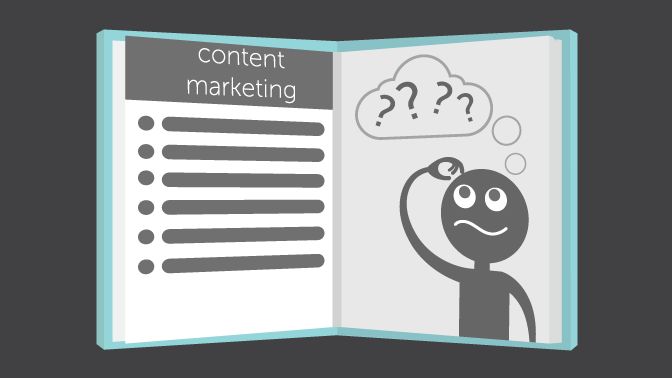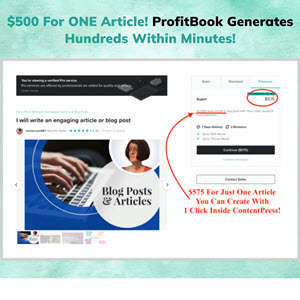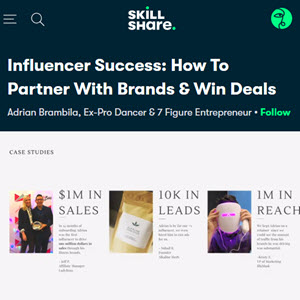Our guide to creating a killer content marketing strategy

Did you know the average person digests at least 10 pieces of online information before making a purchasing decision? Convincing people to use your service by creating valuable content is by no means a new method, but it’s certainly one that has proven success and is becoming more prevalent in B2B marketing.
A great content marketing campaign will bring the following benefits to your business:
- Increase your brand awareness
- Boost your web traffic
- Improve your search rankings
- Generate more leads
The problem that our clients often encounter is that a lot of time and effort is spent creating content, only to receive a couple of ‘shares’ and ‘likes’. This doesn’t necessarily mean the content is at fault, but more likely the issues are born in the planning stages.
With an impressive 93% of B2B marketers using content marketing, it’s interesting to note that only 44% have a documented content strategy, and these are the marketers who produce the most effective content.
It is critical to start at the beginning and put together a solid strategy for your content. If you’re struggling on ways to do this, or your current plan isn’t working, take a look at our guide to help you plan for content marketing success…
1. Understand your objectives for creating content
Understanding your objectives is crucial to a successful campaign. Similar to a business mission statement, you should aim to create a content mission statement as it will help set the tone of every piece you create. Your first step should be to think about why you are creating content, rather than what you are going to create.
When considering your content mission statement, revert back to the marketing funnel. You’ll typically want to produce content that will appeal to the top end of your funnel – the awareness stage. Creating content here will attract prospects and build up brand exposure. Therefore your content needs to be focused on what your company stands for and your brand voice, rather than selling your services.
This isn’t to say that you are limited to the awareness stage. You can create content to attract a client at any stage of the funnel. Just be clear in identifying the current stage of that individual customer journey when planning your content.
2. Create content worth sharing
54% of B2B marketers state that one of the top challenges they face is producing engaging content. Everyone wants to create content that people want to ‘share’, but the statistics show it’s not that easy. Rather than featuring ‘share’ buttons that consume the content, you need to dissect the topics you’re featuring. To do to this effectively, ask yourself the following questions at the planning stage…
Does my content tell a story?
To effectively build your brand and produce shareable content, you need to be good at storytelling. As a marketer you can do this by outlining the real-life problems your customers face, and how you can be their solution. By doing this, your content will not only resonate with your audience, but it will show you understand who they are and what they truly need.
Am I using correct SEO techniques?
SEO and content marketing are equally important, but finding the balance between the two can be difficult. It’s logical to put your efforts into SEO to ensure you have the right keywords, links and meta data, but don’t weigh your content down with it. Write for humans, rather than robots and you’ll find your content will naturally become optimized.
Does my content suggest I am an industry thought leader?
This is the most crucial aspect to consider when creating shareable content, particularly within the B2B sector. People will look to you for guidance, so your content needs to show that you can provide them with the expertise they need. And since the Panda update, Google has started to crack down on low quality content, so high quality content is also necessary for your search rankings!
One way to regularly produce valuable content is to collate data, so you can link back to it and give authority to what your content is trying to achieve. It could be stats from your own market research, or from a highly valued source within your industry. Find your niche in the market and produce content that your audience would want to link to if they were to write a blog.
Tip: Infographics are perfect for providing data in an appealing, thought-provoking, digestible way. Take a look at our ’10 marketing predictions for 2015′ infographic as a great example.
3. Distribute and Promote
Your distribution plan is important as you need to consider where your target micro-segments are engaging with content, and the optimal time to reach them. Go back to your buyer personas to find out the sites they prefer, then using a Social Media Management Tool, you can simplify your processes and analyze the right time to post content.
Remember, it’s vital to keep track of metrics on each piece of content you put out there and learn from those for future development. Google also helps you keep track of all links to your content by setting up UTM codes. This will give you a better idea of who your audience is, and how they are finding your content.
Once you have distributed your content there is still room for further promotion. Aside from sharing content on your website and social, here are some other techniques you can use…
Get influencer ‘buy in’
A great way to get your content seen by the maximum number of people is to leverage influencers within your industry to help share your content. They could feature it on their blog, post on their social channels or even link back to you site. To contact influencers associated with your audience, check out Buzzstream.
Join a community
Places such as Google+, Linkedin or Twitter offer great opportunities for B2B marketing. In fact, Twitter is home to regular B2B ‘chats’ in which you can join a community full of people, talk about your service and share your content — helping you with further promotion.
Native ads
The great thing about native ads is that they don’t look like advertisements at all. They are strategically placed to target your audience and they don’t disrupt the user experience. Don’t spend too much of the budget on paying to promote your content, as Google can also rank you down for this, but it’s worth an extra push if your content needs it.
We can help
Hopefully this article has offered some sound advice when moving forward with your content marketing strategy. If you need any further guidance, be sure to give us a call. We can help you identify opportunities, drive revenue and cut your costs. Contact us today to find out more!
Continue reading here: Is retargeting worthwhile for B2B organizations?
Was this article helpful?

